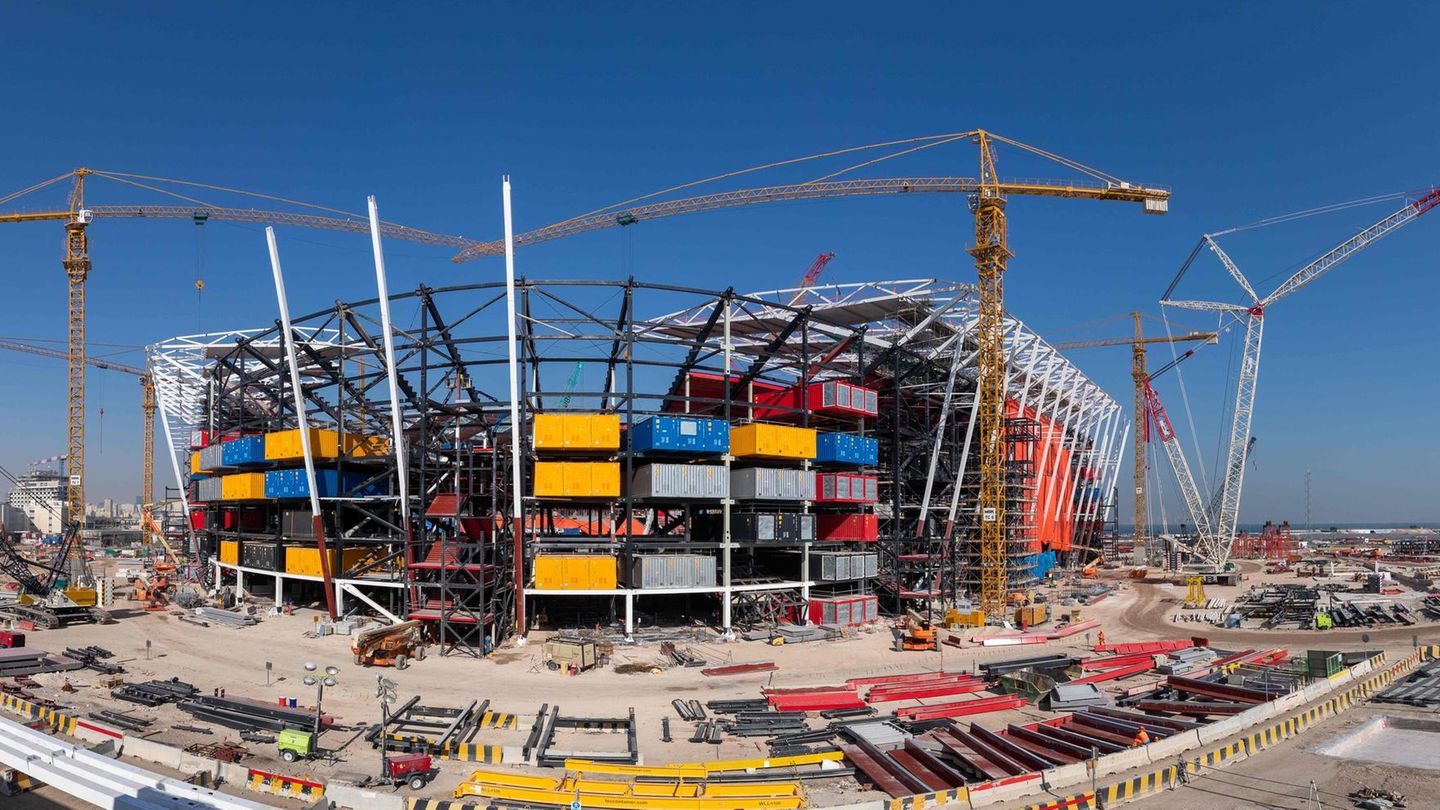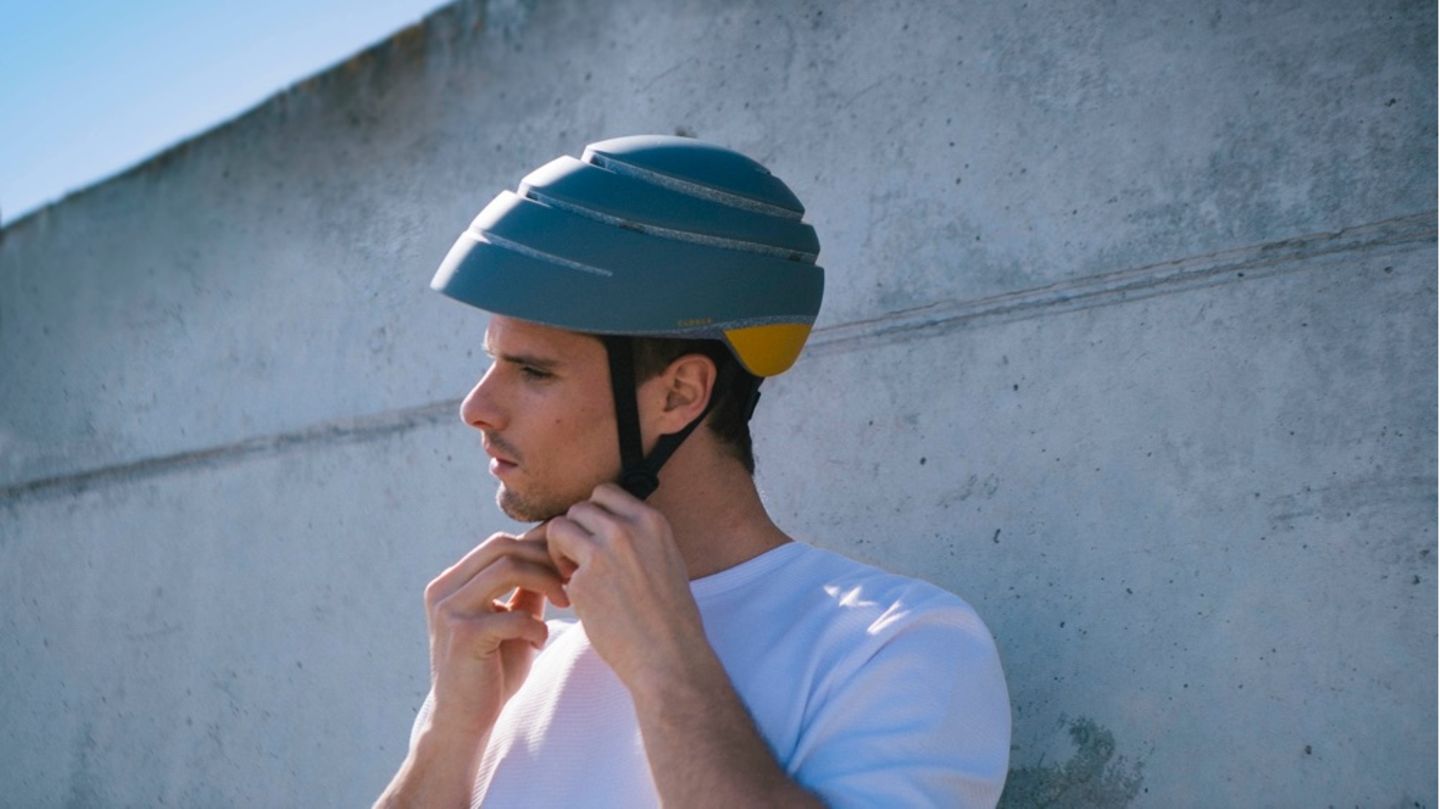The Ras Abu Aboud Stadium in Doha is being built specifically for the 2022 World Cup in Qatar – and is expected to disappear immediately after seven games. It’s more sustainable than it sounds at first.
Since FIFA awarded the 2022 World Cup to Qatar in December 2010, this decision has been heavily criticized. Qatar is not exactly a country with a great football culture, the temperatures there are extremely high, and there is also the difficult human rights situation in the state. There is also the question of what will happen to the stadiums built specifically for the World Cup after the tournament in winter next year.
In fact, an arena is only being built for the World Cup. The Ras Abu Aboud Stadium in Doha, right on the Gulf Coast, is the first stadium to be built, only to be demolished shortly afterwards. It should be dismantled immediately after the World Cup. It will be built from 974 shipping containers made of recycled steel. This number symbolizes the Qatar international phone code.
The 2022 World Cup in Qatar is set to be a climate-neutral tournament
Seven World Cup games are to take place in the Ras Abu Aboud Stadium, after the quarter-finals it will be obsolete. Then the components of the stadium – the containers, the seats and the roof – should be dismantled and reused on other occasions, possibly even abroad. “All parts can be passed on to countries that need sports infrastructure. That’s the good thing about this stadium – the possibilities for further use are endless,” said project manager in charge, Mohammed Al Atwan, CNN.
This makes the Ras Abu Aboud Stadium a milestone in terms of sustainability in stadium construction. Qatar has officially set itself the goal of making the World Cup climate-neutral in its own country – as the first World Cup ever. It remains to be seen whether this will succeed. Projects such as the dismantlable stadium are a step in this direction.

Other World Cup stadiums fell into ruin
After all, the question of the re-use of the arenas at major sporting events arises again and again. In Brazil, for example, many stadiums that were built or extensively refurbished for the 2014 World Cup are empty or are only being used inefficiently. The world-famous Maracanã Stadium in Rio, for example, looked like a ruin shortly after the World Cup and the 2016 Olympic Games. The stadiums in Qatar should not suffer this fate.
I have been working in the news industry for over 6 years, first as a reporter and now as an editor. I have covered politics extensively, and my work has appeared in major newspapers and online news outlets around the world. In addition to my writing, I also contribute regularly to 24 Hours World.




